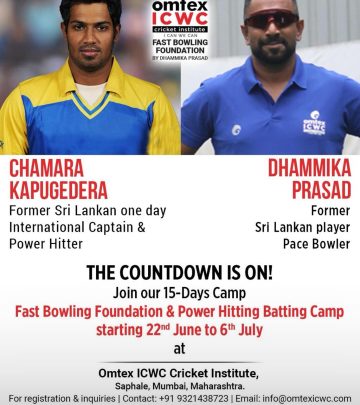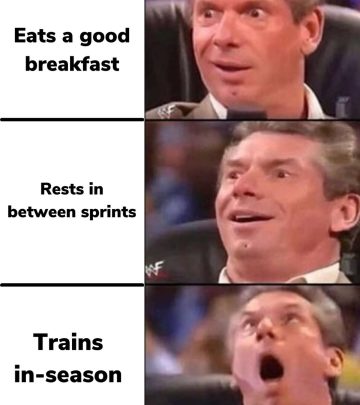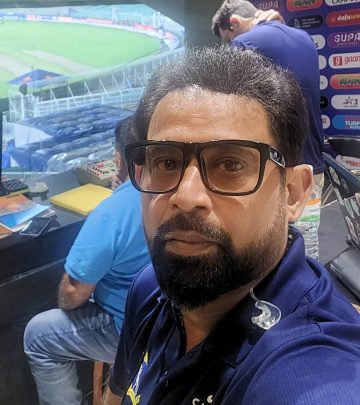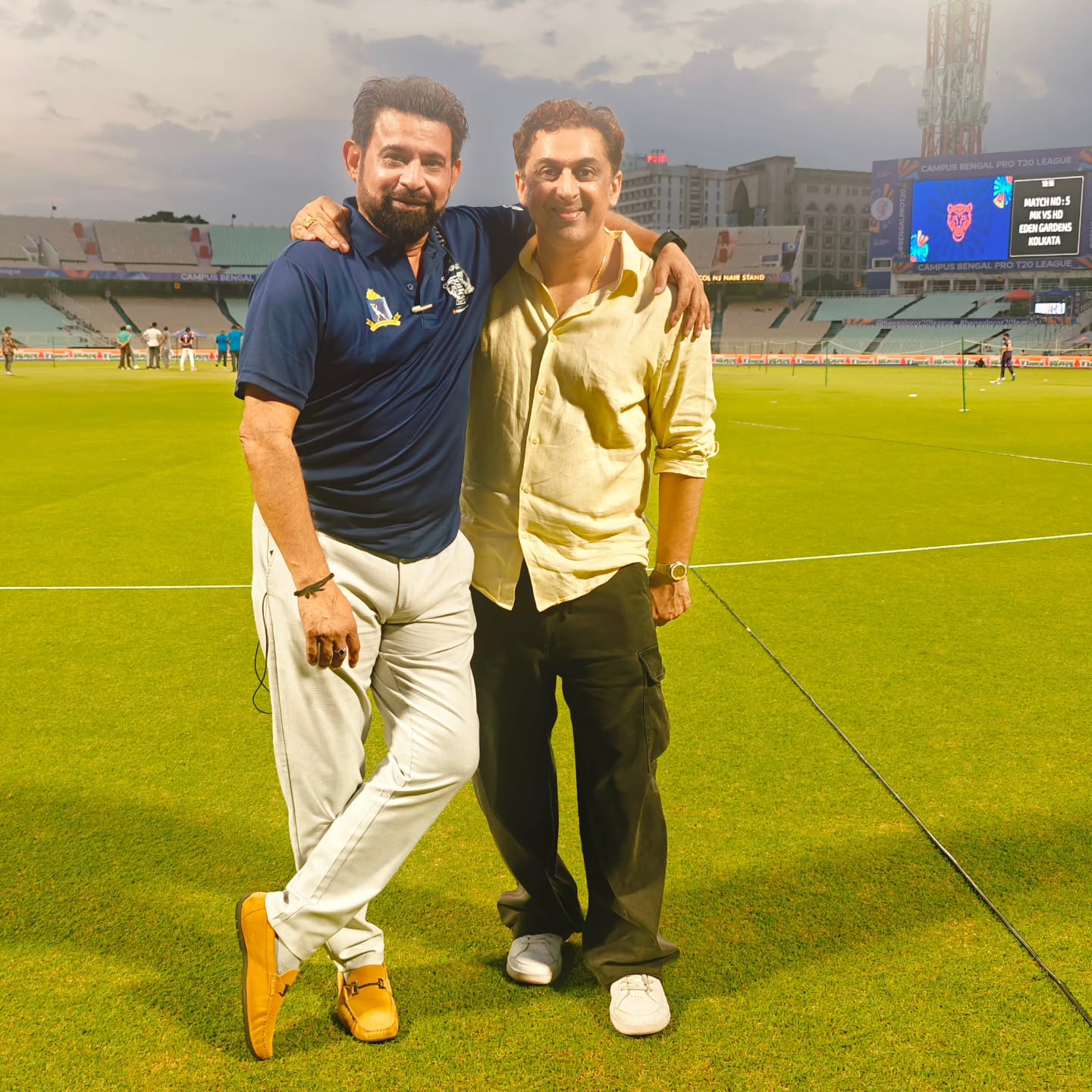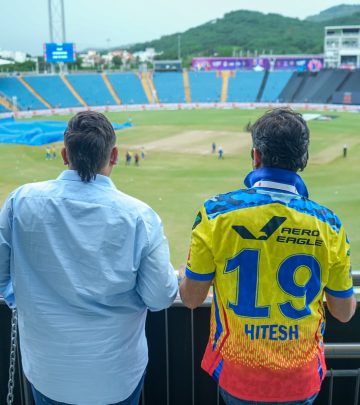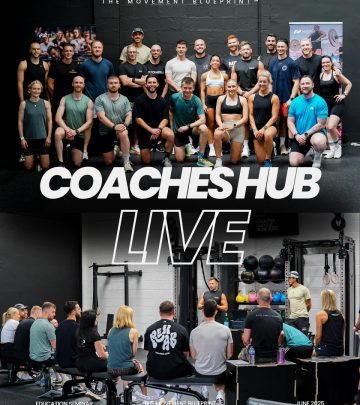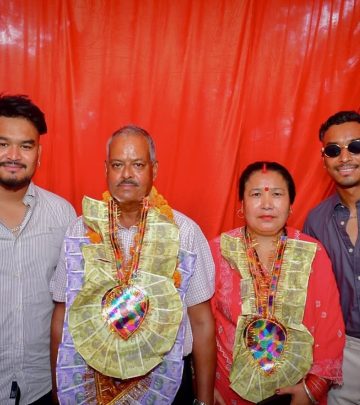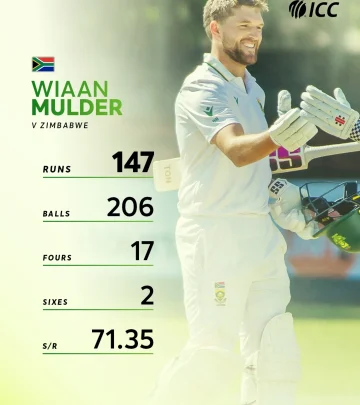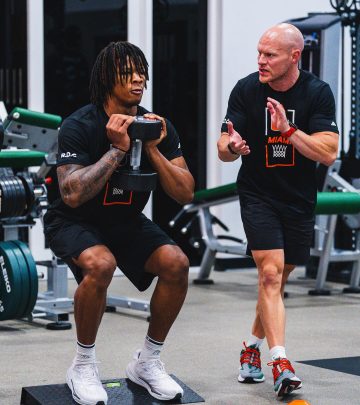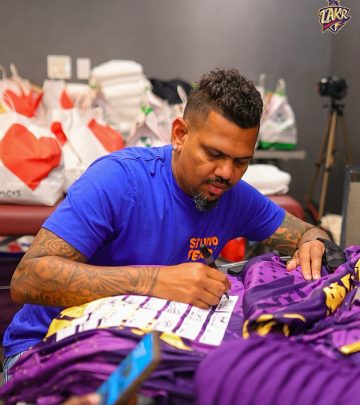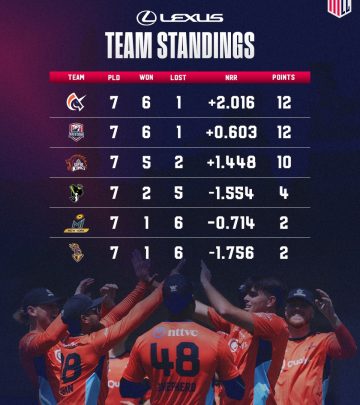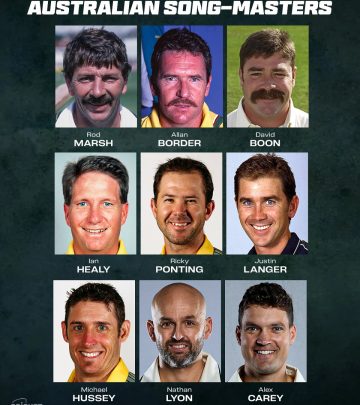Simplify Training For Young Athletes
Simple training yields quick gains: essential tips for young athletes to excel and win now
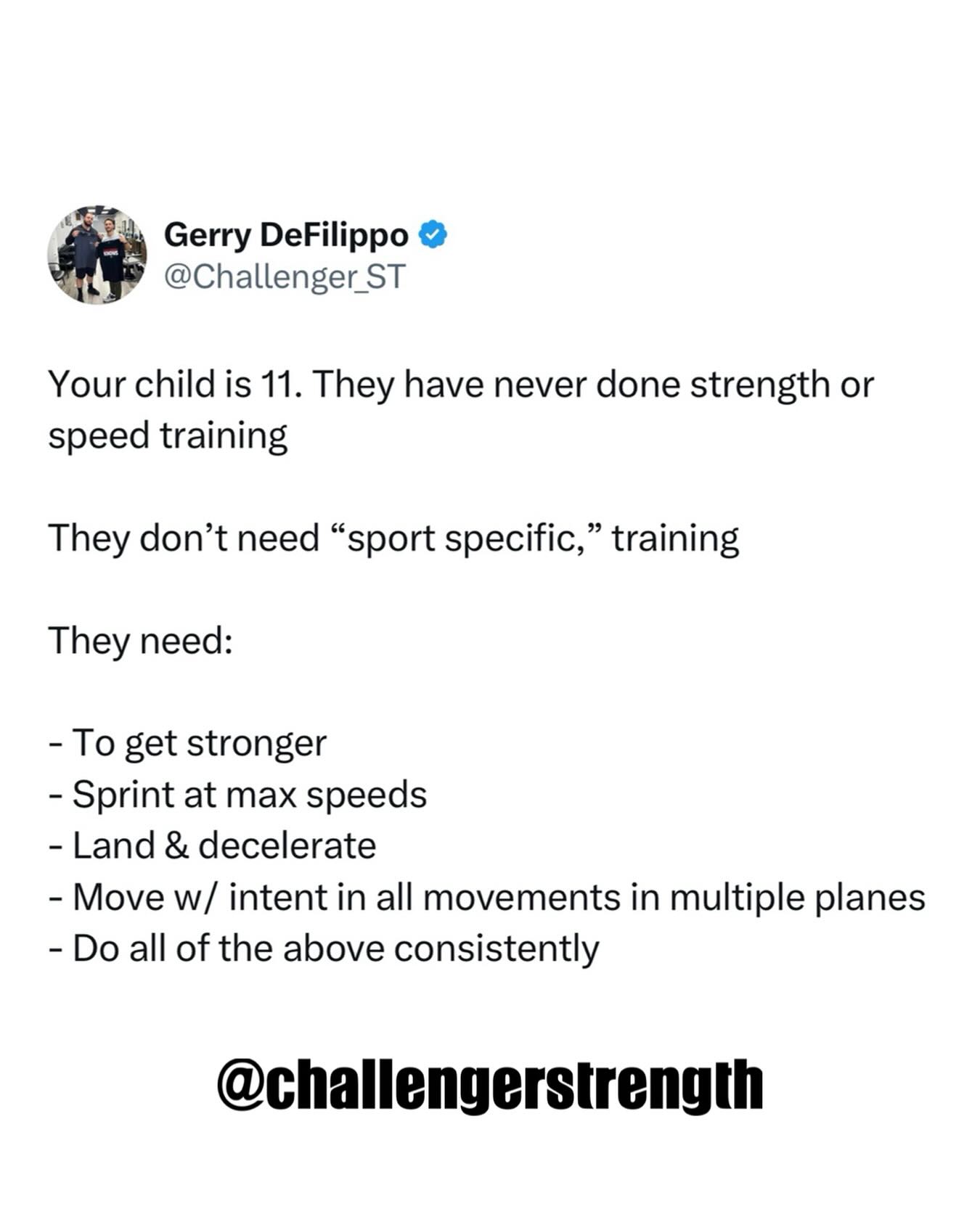
Image: Instagram
In a recent social media update, strength coach Gerry DeFilippo (@challengerstrength) highlighted a common pitfall among youth training programs: overcomplication. The post, which features a bold statement—“Overcomplicating training for young athletes is an epidemic… don’t make it harder than it has to be!!”—serves as a wake-up call for coaches, parents, and athletes alike. With advice echoed by fitness experts like Julian Locasto in his longstanding series of training tips, the message is clear: simplicity is the key to efficient athletic development.
A Simpler Approach To Youth Training
Young athletes often get caught in the trap of overly complex training regimens. These practices, meant for elite competitors, sometimes put too much emphasis on elaborate drills, excessive volume, and technical nuances that may not suit developing bodies. The concern raised by the post is not about cutting corners but about prioritizing what genuinely drives performance improvements. Rather than loading young athletes with complicated techniques from the outset, experts stress the importance of focusing on the fundamentals—speed, power, agility, and core stability.
Over the years, Julian Locasto has shared numerous posts urging young athletes to streamline their training. One such post suggested, “If you’re a young athlete who wants to get faster, follow this list and you WILL (seriously, I’d almost guarantee it).” These practical tips emphasize measurable gains without drowning in complexity. Numerous other posts reiterate that training should be adaptive and responsive to an athlete’s progress. Whether it involves progressing or regressing certain exercises, the central idea remains that simplicity often yields the best results.
Focus On Fundamentals
At its core, effective training for youth should focus on functional movements rather than aesthetic perfection or maximal lifts. One of the guiding principles in recent training philosophies is that athletes are not miniature bodybuilders. Instead, they need to develop a multi-planar foundation that supports explosive movement. As one of Julian’s posts pointed out, athletes benefit more from training their core—engaging the opposite hip to shoulder—than from isolating muscles with endless crunches. This approach not only builds strength but also encourages stability and agility on the field.
The message from both Gerry DeFilippo and Julian Locasto is consistent: the formula for improved athletic performance isn’t hidden in a labyrinth of overcomplicated protocols. As Locasto famously advised in another post, “You get better by doing these things the RIGHT way. The right rest, right intent.” In other words, it’s not the number of drills or the intensity of isolated lifts that matter most, but rather how well the program fits the individual needs of the athlete. When training is customized and straightforward, young athletes are more likely to see continued improvement without risk of burnout or injury.
Listening To Expert Advice
Critically, the advice isn’t just for trainers and coaches—it’s also a reminder for athletes to listen to their own bodies. Too much emphasis on rigid, one-size-fits-all programs can lead to frustration. Instead, a balanced approach that prioritizes both speed and power without overloading young athletes is often preferred. The trend of overcomplicating every element of a training regiment has been widely discussed online, with several experts comparing it to unnecessarily complex conditioning routines that do not translate into real-world athletic performance.
A number of recent Instagram posts reinforce this narrative. One post notes that early morning lifts, often done just to tick off a requirement, aren’t necessarily the best for all athletes. It encourages finding the most favorable timing for training sessions rather than adhering to a strict schedule that may not yield the best results. Another post reinforces that training should be an adaptive process, one that prioritizes quality over quantity. These messages collectively strike at the heart of modern youth training—cut the clutter and focus on what truly leads to progress.
This renewed call for simplicity is especially relevant in today’s competitive sports environment. With many young athletes juggling school, practice, and a heavy focus on performance metrics, it’s essential that their training supports holistic development. Emphasizing fundamental movement, adequate rest, and personalized progression can help avoid the pitfalls of overtraining. The straightforward message, “don’t make it harder than it has to be,” is not just about reducing complexity—it’s about empowering athletes to train smarter and, ultimately, perform better.
The conversation around training methodologies is evolving. Innovative practices that once seemed groundbreaking are now seen in a new light. With expert voices from both the coaching realm and influential social media channels, a simplified, back-to-basics approach is emerging as a preferred strategy for young athletes. By shedding unnecessary complexity, coaches and trainers can better nurture talent and inspire confidence in those at the beginning of their athletic journeys.
With advice backed by experience and research, the call to simplify training is set to reshape youth athletic programs. The emphasis on fundamentals, balancing strength with agility, and listening to one’s body marks a significant shift from traditional, overly intricate training models. As the sporting world adapts to these modern insights, young athletes stand to benefit from programs that focus on what truly matters: smart, streamlined, and effective training.
Read full bio of Vidya Tadapatri




